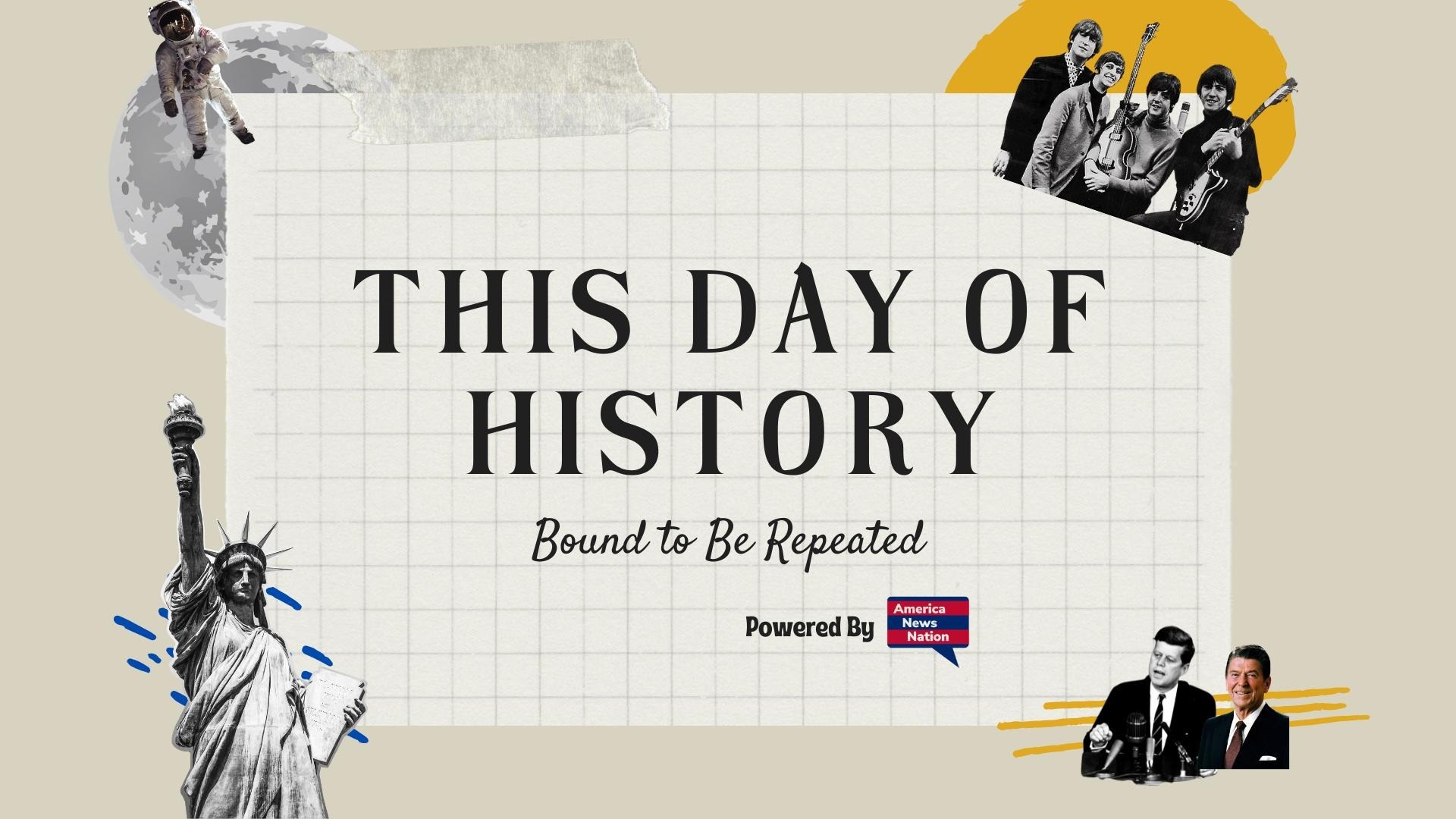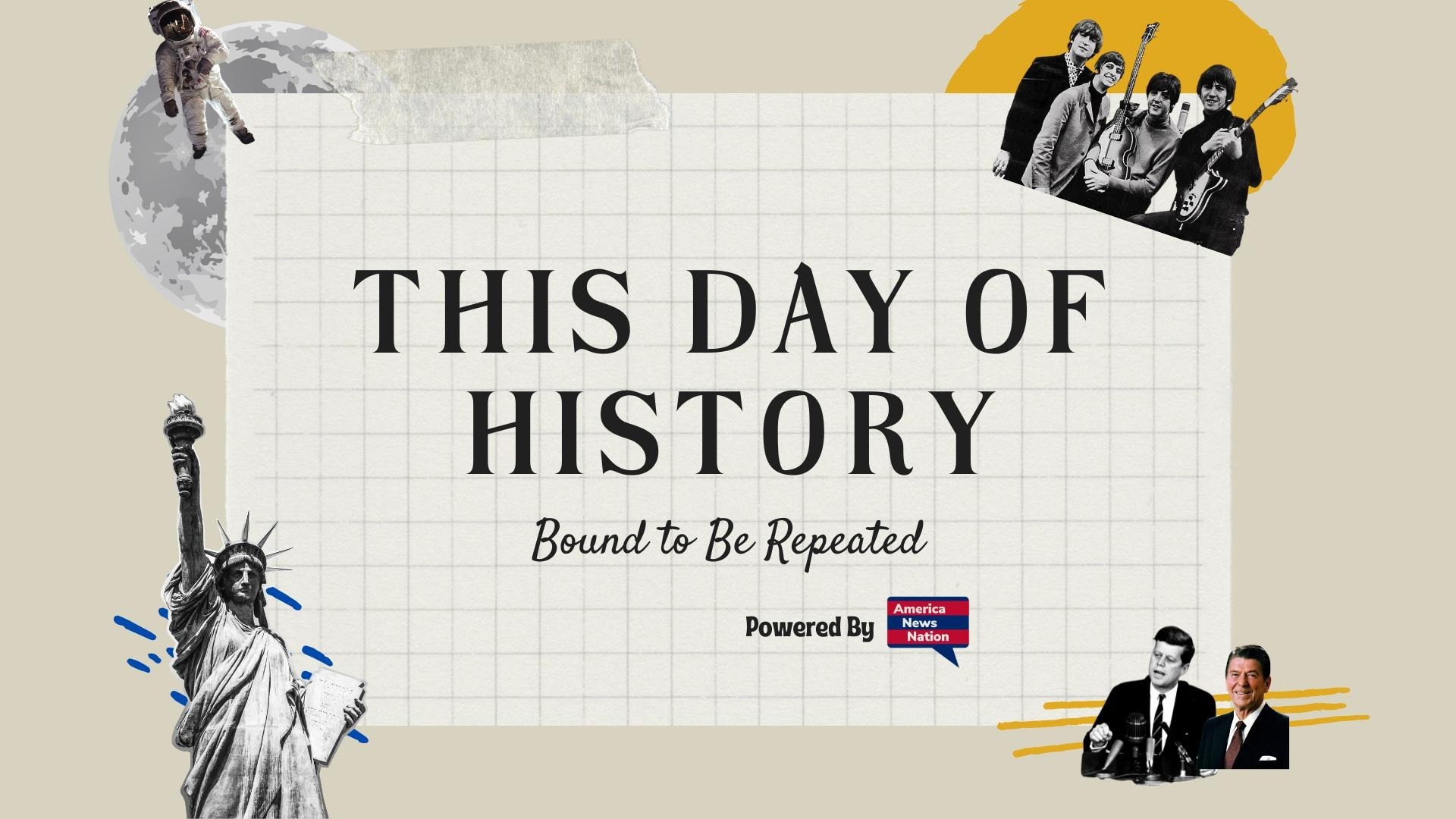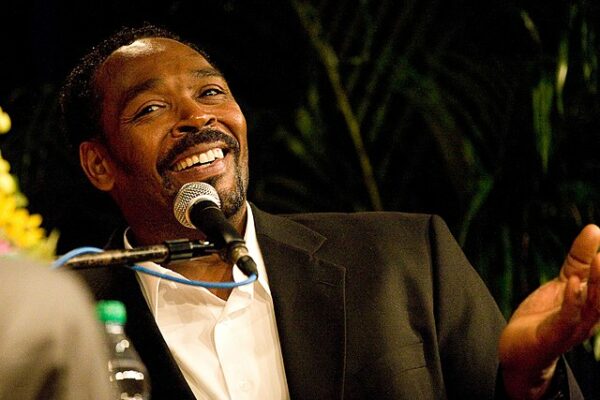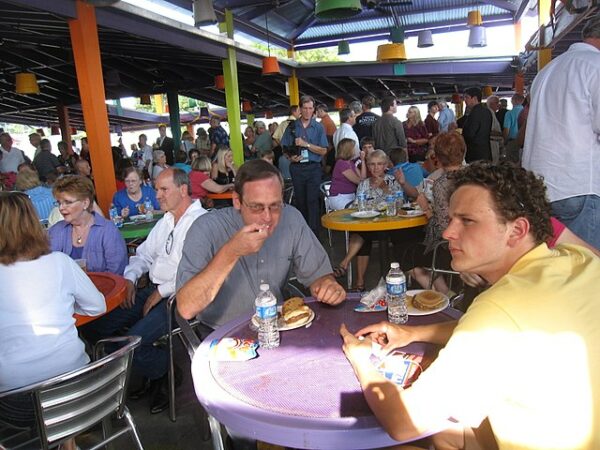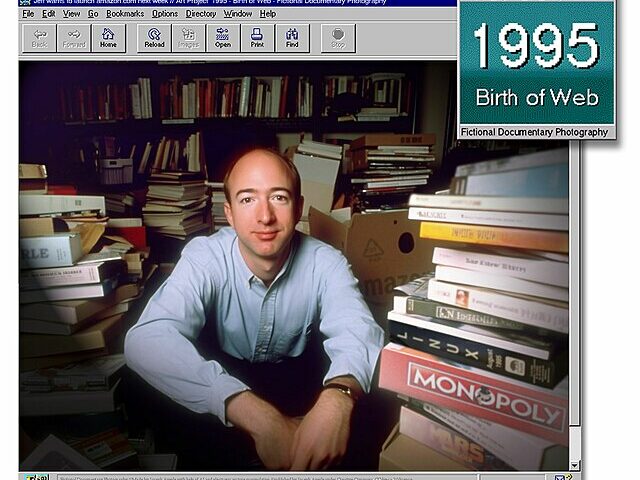The events of March 3, 1991, became a defining moment in American history, exposing the entrenched issues of police brutality and racial injustice. That night, an amateur video captured the violent beating of Rodney King by Los Angeles police officers—an incident that ignited widespread outrage, political reckoning, and one of the most significant urban uprisings in modern U.S. history.
Rodney King, a 25-year-old Black man, was driving through Los Angeles with two passengers when California Highway Patrol officers spotted him speeding. A high-speed chase ensued, with King refusing to stop—a decision he later attributed to his fear of violating parole conditions from a prior robbery conviction. The chase, reaching speeds of up to 110 miles per hour, ended in the Lake View Terrace neighborhood near Hansen Dam.
What followed would be permanently etched into the American consciousness, not only because of its brutality but because it was recorded. George Holliday, a nearby resident, was awakened by the commotion and began filming the encounter with his recently purchased camcorder. His grainy, black-and-white footage—lasting approximately nine minutes—became one of the most infamous and consequential recordings in American history.
The video captured a horrific scene: a group of Los Angeles Police Department (LAPD) officers—primarily Sergeant Stacey Koon and Officers Laurence Powell, Timothy Wind, and Theodore Briseno—surrounded King, who was on the ground. The officers, armed with batons and stun guns, struck King more than 50 times, even as he lay defenseless. The assault continued for several minutes, with King attempting to rise multiple times before being beaten back down. By the time the attack ended, he had suffered a fractured skull, multiple facial fractures, and severe bruising.
Holliday took his footage to local television station KTLA, which aired the video on March 4. It quickly spread, making national and international headlines. The shocking images sparked a fierce debate about police violence, particularly against Black Americans, and the role of systemic racism in law enforcement. The graphic nature of the footage made it impossible to dismiss what had long been a reality for marginalized communities: unchecked police brutality.
In the days following the video’s release, the LAPD faced intense scrutiny. Police Chief Daryl Gates, already a controversial figure known for his aggressive policing tactics, came under fire for fostering a culture of brutality within the department. Public outrage led to demands for justice, culminating in the indictment of Koon, Powell, Wind, and Briseno on charges of excessive use of force and assault with a deadly weapon.
The trial, held in 1992, was moved from Los Angeles to the predominantly white suburb of Simi Valley—a decision widely criticized for its potential to bias the jury in favor of the officers. On April 29, 1992, the jury—comprising ten white members, one Latino, and one Asian American—acquitted all four officers on nearly all charges. The verdict sparked immediate fury, and within hours, Los Angeles erupted into one of the most destructive riots in American history. The unrest lasted six days, resulting in more than 60 deaths, over 2,300 injuries, and an estimated $1 billion in damages.
The beating of Rodney King and the subsequent riots marked a pivotal moment in the national conversation on race and policing. Although federal civil rights charges were later brought against the officers—leading to the convictions of Koon and Powell—the incident underscored the deep systemic issues within American law enforcement.
